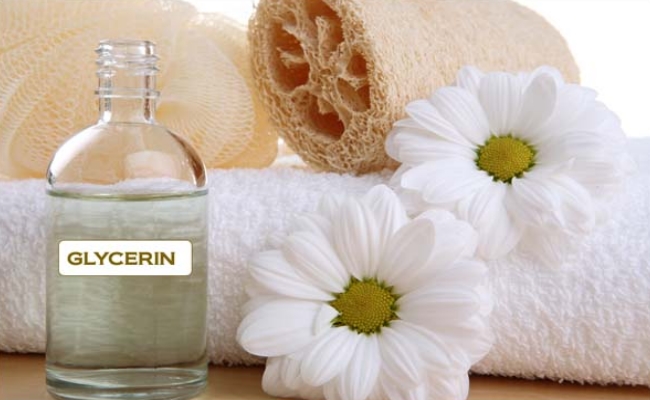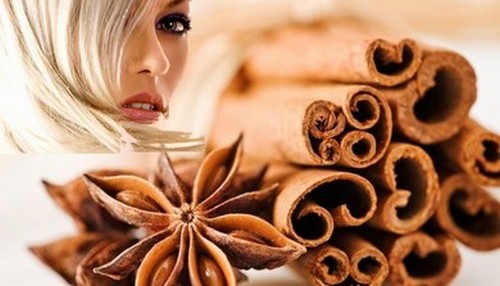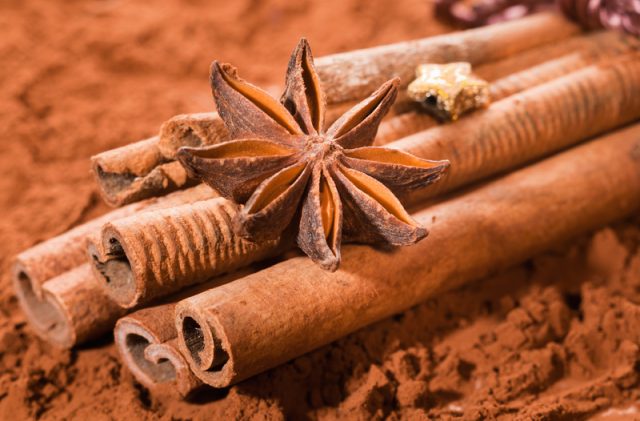Home bleaching involves the use of natural ingredients that will not only change color, but also protect the hair from deep damage to their structure.
However, it is important not to forget that natural remedies for lighten hair can harm them if reckless and knows no sense of proportion applied.
So, for excessively dry, damaged and brittle hair you should avoid using undiluted lemon juice and hydrogen peroxide. To mitigate the effect of a mixture of such components and at the same time to treat the hair by adding in a mask of olive oil.
Brunettes should pay attention to the fact that natural dyes are softer than industrial paints often have a cumulative effect and allow you to lighten hair no more than 1-2 shades.
But the huge advantage of home remedies for staining is that the hair after bleaching look healthy, alive, lush and shiny.
Brightening face mask with saffron and chamomile
To prepare the mask using 30-50 g of inflorescences of chamomile: the number of colors depends on the length of the hair. Chamomile pour a glass of boiling water, placed in a water bath and boil on very low heat for 15-20 minutes.
Cooled broth strain and add the juice of one lemon 2-3 pinches of saffron and 5 drops of lavender essential oil. If your hair is very dry, then to the mixture add 1-2 tablespoons olive or burdock oil.
If the mask will be used for healthy and strong hair, you can add 1-1,5 tablespoons of hydrogen peroxide, providing a deeper insight into the structure of the hair coloring pigment.
The mask is applied to wet clean hair, insulated with plastic cap and towel, leave for exposure for 40-60 minutes. Frequency repeat the procedure 1-2 times a week.
It is important to remember that the hard and coarse hair is harder to lighten with natural dyes, so to achieve the desired effect may take a long time.

Lightening hair with glycerin
Glycerin mask has a cumulative effect and is best suitable for brown hair. But the huge advantage of using glycerol is its care properties: the hair after bleaching become obedient, silky and soft to the touch, easier to comb and styled.
The basis of the mask is chamomile decoction: 2-3 tbsp. l. flowers pour 0.5 liters of boiling water and insist under the lid for 1,5-2 hours. 60 ml of glycerol is heated in a water bath and add to the cooled infusion.
The mask is applied to wet hair, insulated with plastic caps and a towel kept on the hair for 1-1. 5 hours. If possible, the mixture should be left on overnight, the morning rinse with warm water and rinse decoction of chamomile.
If the hair is healthy and not prone to dryness, it is enhance the action of glycerin whitening mask by adding several packages of ascorbic acid and lemon juice.

Lightening hair with cinnamon
If you are using a cinnamon mask you should remember that in addition to clarification, perhaps obtaining weak copper tint on the hair.
In addition, to prepare the lightening masks it is important to use a non-metallic bowl. The metal can react with the components of the masks and as a result give the hair a greenish tint.
2 tbsp honey, slightly warmed in a water bath and diluted with 1 tbsp of distilled water. The resulting mixture was added 3 tbsp of cinnamon powder, 3.St.l. a good hair conditioner and 3 tablespoons of lemon juice.
The mask is applied to clean damp hair, spread evenly across the length of the hair, the insulated cap and towel. The minimum time of exposure of the mask for 3-4 hours. Most of the bleaching effect can be achieved with exposure of the mask for 8-10 hours.
Owners of dry and damaged hair it is recommended to add in the mask a few tablespoons of olive oil or 1-2 egg yolks.
After washing the cinnamon mask it is recommended to rinse hair decoction of chamomile flowers. The recommended frequency of applying the lightening mixture - 1 time per 10 days.

It is important to remember that to achieve the brightening and healing effect only if you prepare the mask you will use real cinnamon, not the analog – Cassia, which is most often found in our stores.
To distinguish ground cinnamon from Cassia in a simple way – dropping into powder, a bit of iodine. Cassia will turn an intense bright blue color, true cinnamon will get a weak bluish tint.
Sticks of true cinnamon twisted tightly on both sides, have a rather fragile structure, easily broken.
Sticks Cassia bark rather thick, can be twisted with only one hand or may not have curls at all. The inner part of Cassia bark is usually gray or darker color than the outer part may have an irregular surface and an irregular shape.



